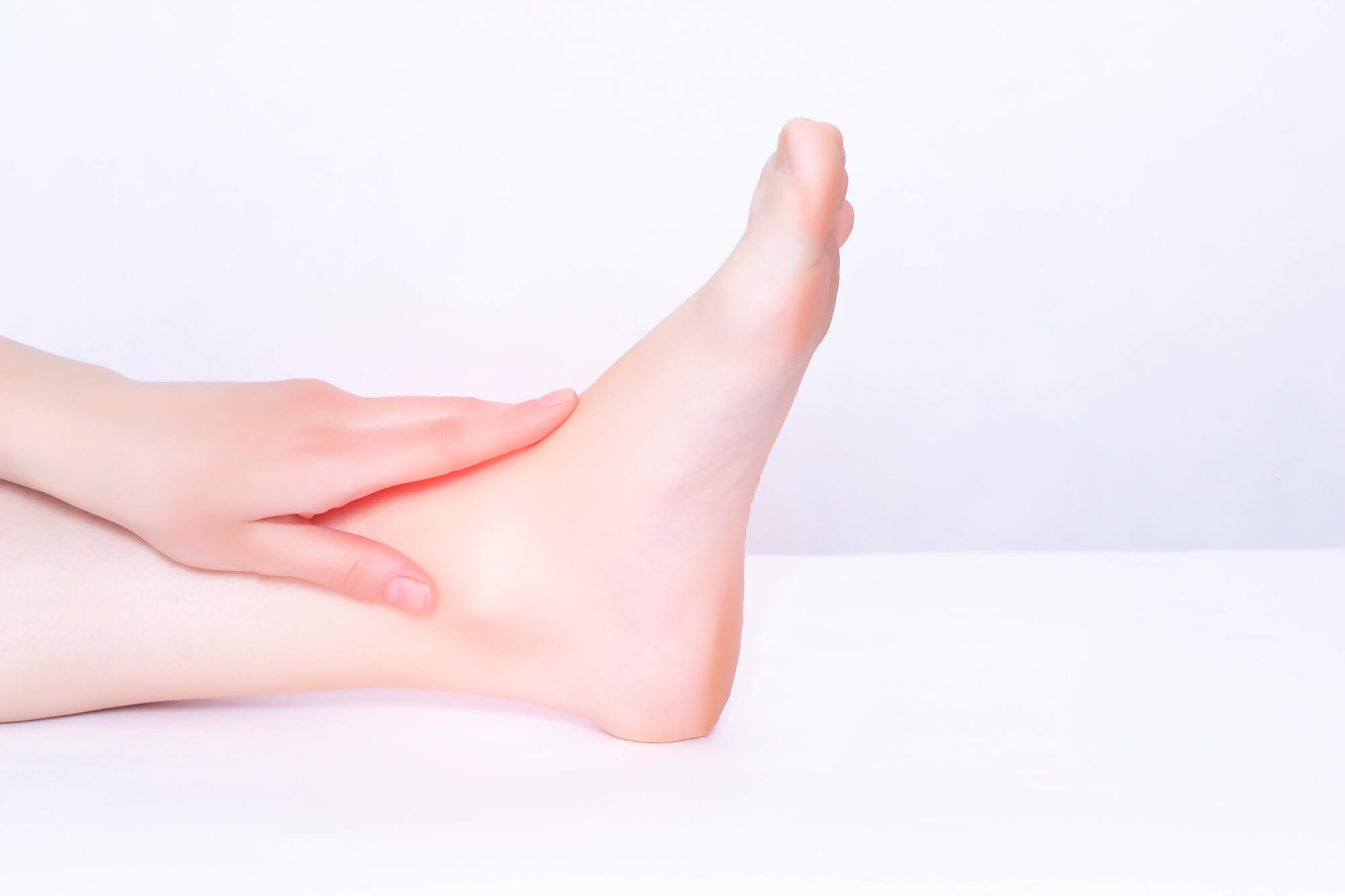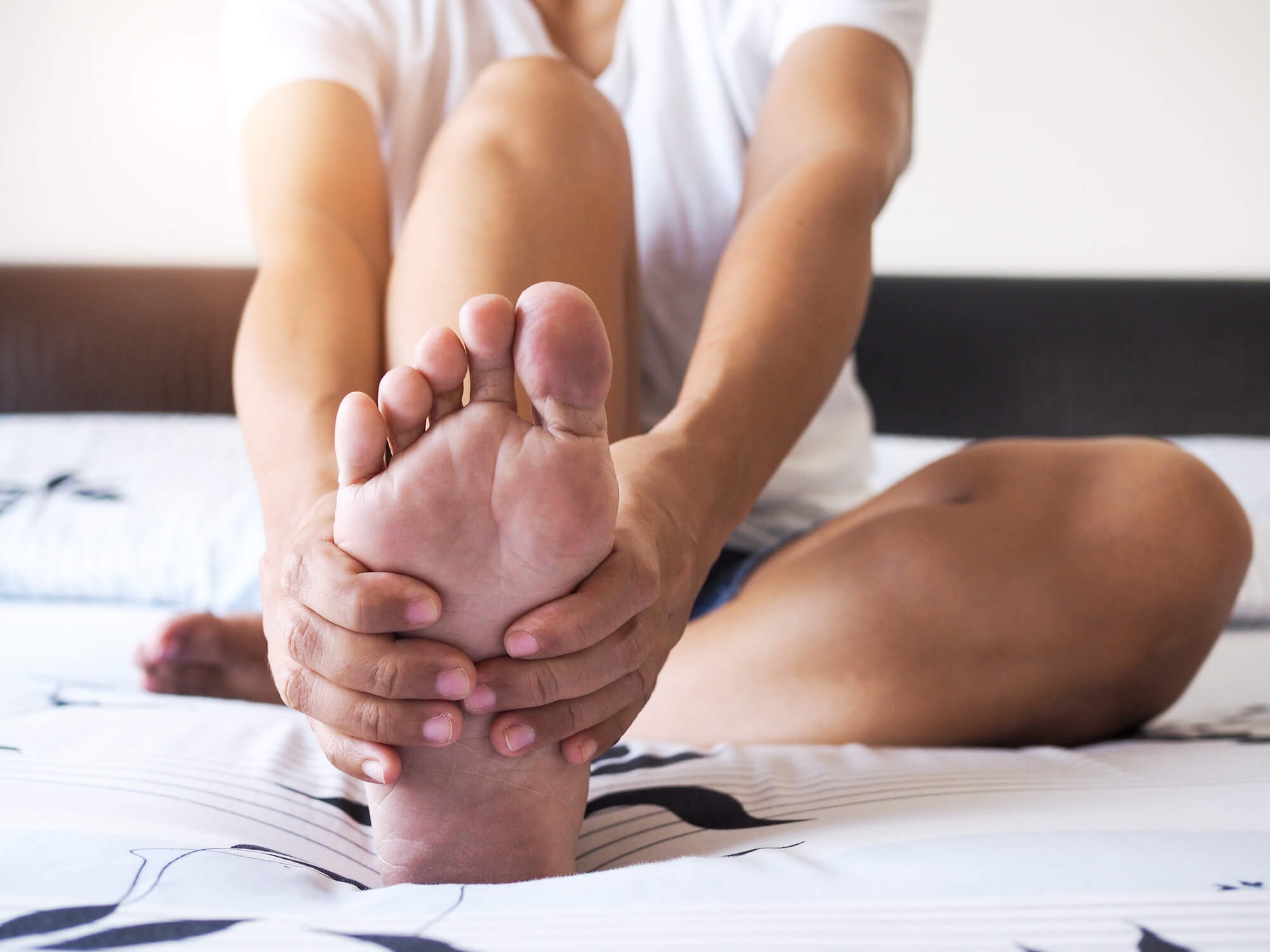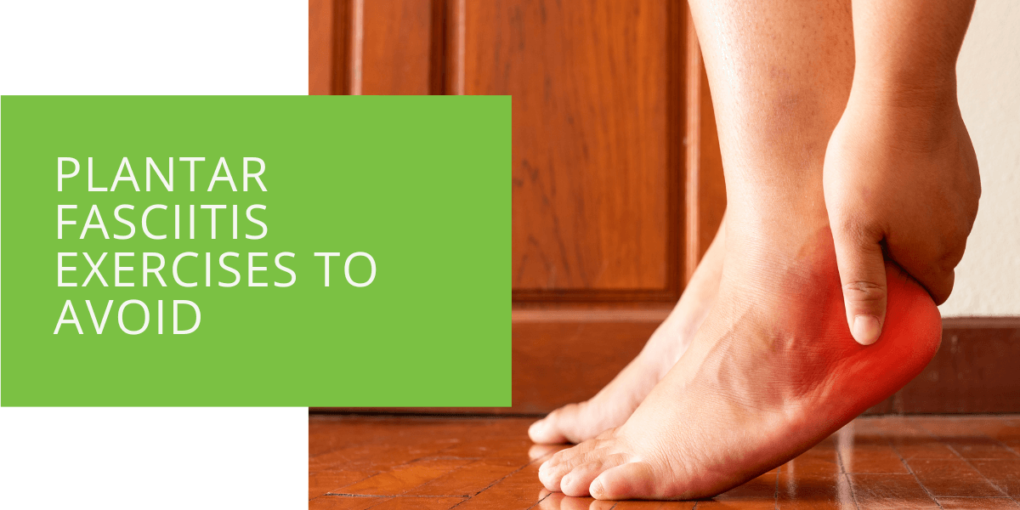5 Plantar Fasciitis Exercises to Avoid
Plantar fasciitis is a common foot condition that causes pain and inflammation in the bottom of the foot. It is often caused by overuse or improper footwear and can lead to discomfort and difficulty walking. Choosing the right exercises is important for managing plantar fasciitis, as certain exercises can worsen the condition. In this article, we will discuss the exercises to avoid if you have plantar fasciitis, as well as alternative exercises to try that can help alleviate pain and improve mobility.
What Is Plantar Fasciitis?
Plantar fasciitis is a common foot condition that affects the bottom of the foot and is characterized by pain and inflammation in the plantar fascia, a band of connective tissue that runs from the heel bone to the toes. It is often caused by overuse or strain on the plantar fascia, resulting in tiny tears and inflammation.
The Importance of Choosing the Right Exercises
Exercise can effectively manage plantar fasciitis and reduce pain, but it's important to choose the right exercises. Certain exercises can worsen plantar fasciitis by putting additional strain on the plantar fascia or causing other foot or ankle problems.
Why Certain Exercises Can Make Plantar Fasciitis Worse
Exercises involving high-impact or repetitive motions, such as running or jumping, can strain the plantar fascia and cause pain. Similarly, exercises that stretch the calf muscles excessively can also cause problems. Tight calf muscles can contribute to plantar fasciitis by pulling on the plantar fascia and adding strain. Stretching the calf muscles too much can lead to overstretching and potentially even more strain on the plantar fascia.

Exercises to Avoid
To avoid making your plantar fasciitis worse, it's important to avoid the following exercises:
Exercise #1: High-Impact Cardio
High-impact cardio exercises, such as running or jumping, can put a lot of strain on the plantar fascia and make plantar fasciitis worse. If you're a runner, it's especially important to be careful and listen to your body. If you're experiencing pain while running, it's best to take a break and try a different, lower-impact exercise.
Exercise #2: Toe Raises
Toe raises, or lifting the toes off the ground, can put extra strain on the plantar fascia and should be avoided. This includes exercises such as standing on your toes or doing calf raises.
Exercise #3: Stretching the Calf Muscles Excessively
As mentioned earlier, stretching the calf muscles too much can lead to overstretching and potentially even more strain on the plantar fascia.
Exercise #4: Running on Hard Surfaces
Running on hard surfaces, such as concrete or asphalt, can be especially tough on the plantar fascia. If you're a runner, try to mix up your route and include softer surfaces, such as a track or a grassy field, to give your feet a break.
Exercise #5: Wearing Improper Footwear
Wearing shoes that don't offer proper arch support or cushioning can contribute to plantar fasciitis and make it worse. Investing in good quality, supportive shoes that fit well and offer the necessary support for your feet is important.

Alternative Exercises to Try
If you're dealing with plantar fasciitis, it's important to choose exercises that won't put additional strain on your feet. Here are some alternative exercises to try:
Exercise #1: Low-Impact Cardio
Low-impact cardio exercises, such as cycling or swimming, can provide a good cardiovascular workout without putting extra strain on your feet. These exercises are especially good for people with plantar fasciitis because they allow you to get your heart rate up without putting extra pressure on your feet.
Exercise #2: Heel Stretches
Stretching the muscles in your feet and ankles can help alleviate pain and reduce the risk of developing plantar fasciitis. Heel stretches, in particular, can be especially helpful in relieving pain and improving flexibility. To do a heel stretch, stand with your feet hip-width apart and slowly lift your heels off the ground. Hold for a few seconds, and then lower your heels back down. Repeat 10-15 times.
Exercise #3: Massage and Self-Massage Techniques
Massaging your feet and ankles muscles can help improve circulation and reduce pain and inflammation. You can try several self-massage techniques, such as using a foam roller or a massage ball to work out knots and tension. You can also try using a rolling pin or a water bottle to massage your feet.
Exercise #4: Using Arch Support Inserts
Arch support inserts can provide additional cushioning and support for your feet, which can help alleviate pain and prevent plantar fasciitis. There are a variety of arch support inserts available, including those that can be worn in your shoes and those that can be placed on the floor for exercises such as stretching or yoga.
Exercise #5: Wearing Proper Footwear
As mentioned earlier, proper footwear is key to preventing and managing plantar fasciitis. Look for shoes with good arch support and cushioning that fit well. Avoid shoes that are too tight or loose, as these can cause problems.
Conclusion
Plantar fasciitis can be painful and frustrating, but the right exercises can help alleviate symptoms. You can manage your plantar fasciitis and reduce pain by avoiding high-impact or repetitive exercises and opting for low-impact alternatives. It's also important to wear proper footwear and seek treatment from a podiatrist if your pain persists. With the right care and attention, you can find relief from plantar fasciitis and get back to your active lifestyle.

